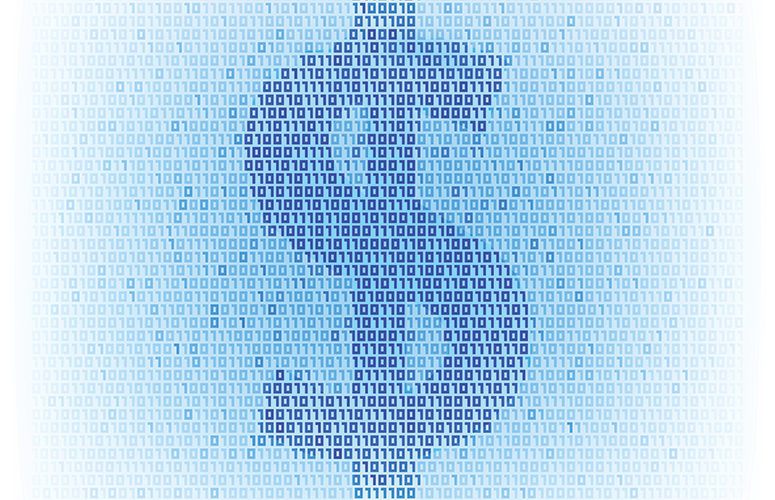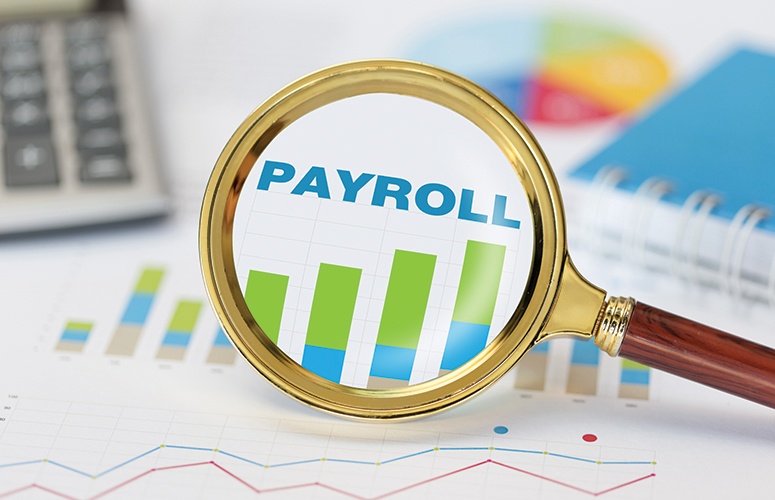
Computers, Humans and the Small Business Loan
Human bankers still play a role in lending, but computers are increasingly the tools of choice for financial institutions seeking worthy small business borrowers.
By George N. Saliba, Managing Editor On Apr 17, 2020Among the recurring themes in small business lending today is the intersection of advanced, hard-and-fast computer-based loan scoring systems on the one hand, and the proverbial “friendly banker” on the other – the latter willing to listen to customers’ unique stories of why they have had financial difficulties, but are now creditworthy, for instance.
When small businesses seek their first loans from banks, the owner’s personal credit score and related finances are typically paramount in lending decisions, with questions centered on whether or not the person pays his or her bills, has or has had debt – or if they have any judgments or bankruptcies, for example. Computer programs often examine the owner from multiple angles, either approving or denying credit.
Yet, when compared to online or commercial finance company offerings, full service banks with an array of products and services may consider the fact that they can also offer business owners deposit products, payroll services, and merchant services, for example. And with this buffet of additional product offerings, they might view customers more holistically – and listen to customers’ stories when a “cold” online loan computer might otherwise just say “no.”
In an even broader sense, Shannon Lazare, regional manager at M&T Bank, explains that her institution is a “relationship bank.”
“We actually work with customers and ask them: ‘Why did you have a bad year?’ ‘What would you do differently this year versus last year?’ We try to understand where they came from, where they are looking to go – and where their current state is. Based on that, we are better able to give them solutions and work with them to help them get what they need.”
Digital Platforms
While such relationship banking exists, business owners often also desire “speed and instant fulfillment,” according to Michael MacIntyre, head of business and government banking at Short Hills-based Investors Bank.
“The demographics suggest that the primary source of that fulfillment is some sort of digital channel,” he adds. “However, when [customers] have a question, or when that digital channel doesn’t give them the right outcome, they want to know they have a person who is available to them, on their schedule.”
Investors Bank last month unveiled a small business loan origination digital platform that underwrites, approves and books loans of up to $100,000 in less than 30 minutes, for the bank’s existing customers. New customers have to wait an extra 15 minutes for approval, for a total of approximately 45 minutes. And if Investors declines a loan, the bank has a partner that can review the loan and possibly underwrite it.
Regardless of whether small business loans are approved by computers or a combination of computers/human bankers, Jay DesMarteau, head of commercial distribution at TD Bank, says, “the biggest basis of any underwriting technology that a bank will use is to use the past to predict the future, which can be a little weird.”
Smaller loan amounts are often determined by aforementioned computer models that can provide rapid decisions and reveal customers who should be able to successfully repay the loan amount.
But, again, at M&T Bank, Lazare explains, “Oftentimes, people will come to us with a startup idea, and they don’t have a business plan. We really work with them, help them put together a business plan and three years of projections, and really try to dig in as to why they want to start this business.”
Larger loan amounts above $250,000 for established businesses almost always receive such attention at financial institutions, with TD Bank’s DesMarteau explaining, “When you get to larger loan amounts in commercial banking, it’s all about the story and what happened in the past, and why they are trying to change and grow their business. That’s why those loans can take a little longer and have teams of people working on them; it’s because of all that complexity.”
Being Prepared
Another theme in small business lending is that owners can be prepared not merely by paying their personal bills and debts on time and in full, but by taking other responsible steps that would impress either a computer’s scoring system or a banker in a face-to-face meeting. The internet offers business owners a vast array of related resources, including contacts for Small Business Development Centers and the well-regarded business assistance group SCORE.
There are even additional loan avenues for small business owners, such as banks allied with the United States Small Business Administration (SBA). In these cases, the government will guarantee loans and pursue non-paying business owners who personally guaranteed said loans, if they do default. Small businesses may, moreover, avail themselves of funding from friends and family, as well as angel investors, online crowdsourcing funding and possibly grants and other funds from both non-profit and government entities.
In the bank loan realm, Lazare concludes, “Work with people who you trust, and be prepared to build a relationship and really try to use the person with whom you are talking. They are experts in what they do, so they want to help you. Just tell them everything that you are looking to do.”
To access more business news, visit NJB News Now.
Related Articles:





